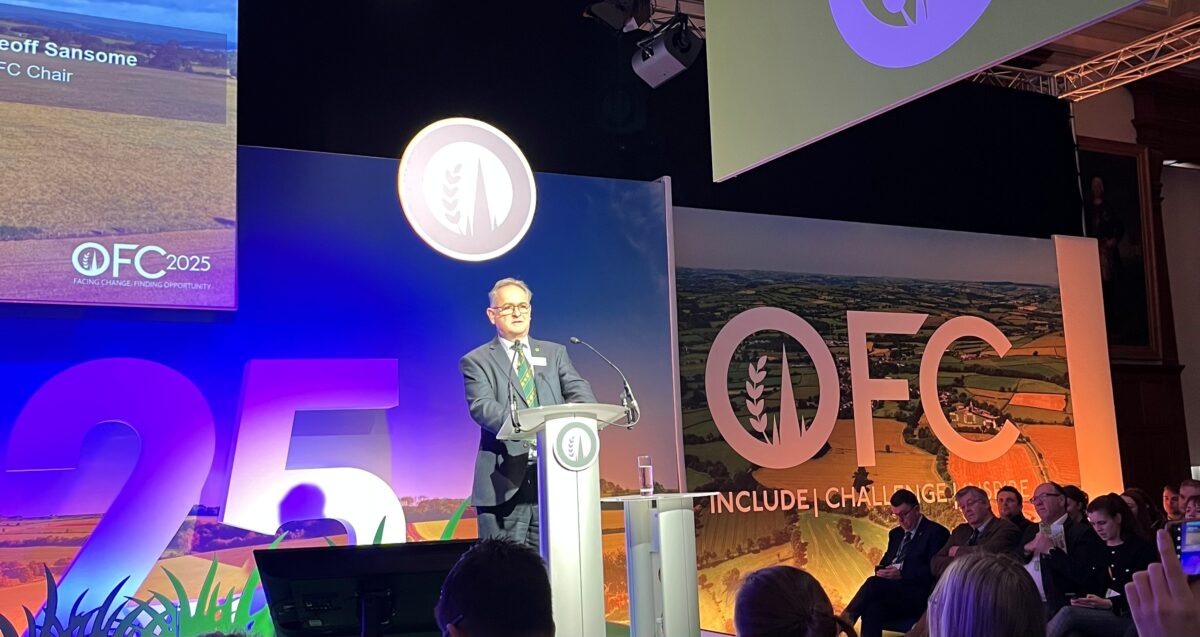As a specialist b2b comms agency, our recommendations to clients are driven by our knowledge and expertise in the agricultural and food sectors. Having access to up-to-date and comprehensive market intelligence is the foundation to developing successful campaigns.
We rely heavily on evidence gathering to inform client strategy, and in our latest podcast, Catherine interviewed Jim Williams, head of market research at Map of Ag, whose valuable work is providing fascinating insight into the demographics and behaviours within the sector.
The role of research as a catalyst for knowledge exchange
There is vast diversity within farming and rural communities. However, the tendency to take a broad-brush approach when targeting this audience is a common and wasteful mistake.
As world leading experts in agricultural research, analysis and modelling, Map of Ag’s mission is to connect the industry so we have better information, better communication and better farms as a result.
Jim showcased how the farmer audience has been segmented into five key ‘types and traits’ through the application of social psychological theory and research into personality types.
Better understanding of the diversity of the demographics and behaviours within the food and farming supply chain is a powerful tool for engendering change.
Written by…

Types and traits in farming
Although every farmer is different, Map of Ag has identified personal characteristics and values that make farmers more or less likely to operate with entrepreneurial behaviours. These can be identified and attributed as follows:
- Progressives – highly entrepreneurial, visionary individuals with a willingness to invest in developing their business and have high internal modus of control
- Defenders – more traditional figures, likely to be influenced by longstanding relationships and a creature of habit
- Optimisers – are arming to the maximum of their potential, more likely to make a business decision based on information
- Adventurers – will commonly try things new but often without evidence to support their decisions
- Operators – are usually from smaller family farms, concerned with the detail and getting things right but are often afraid of taking the next step
Understanding drivers, triggers and values
These types and traits are common to farming on a global scale. Knowing your audience and which subset they fall into is key, as this means your marketing messaging can be tailored to suit their needs. Ultimately, some marketing propositions just won’t work.
By understanding the types and traits of farmers, it’s easier to break down into the most relevant audience and present strategic business propositions and tailor communications messages that create an impact.
“To my mind, the data helps marketeers get the biggest bang for their marketing buck. It helps to ensure you’re hitting the right people with the right message; targeting those who you are most likely to have an impact with.”
From comms perspective, types and traits can help deliver against the bottom line when budgetary constraints are an important factor.

The bigger picture – why big data can be an asset to farming
With the industry currently facing significant challenges such as policy change, Brexit and climate change – Jim believes an evidence-based approach can be used to help step up to meet these demands.
With such big changes on the horizon, farmers will need to become more accountable for their actions.
Jim firmly believes that big data has the potential to tell agriculture’s story better. It enables the industry to provide its own evidence to lobbyists and policy makers.
Big data can help to deliver the ‘public goods’ that today’s agricultural policy requires. However, the changes must be well managed and properly measured to be effective. This depends on the industry tapping into the opportunities for change and being informed by research outcomes to ultimately achieve best ‘bang for buck’.
We should all remember that data ultimately has the power to connect, inform and transform – it is a valuable opportunity not to be missed.






















